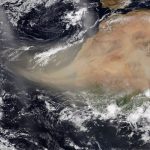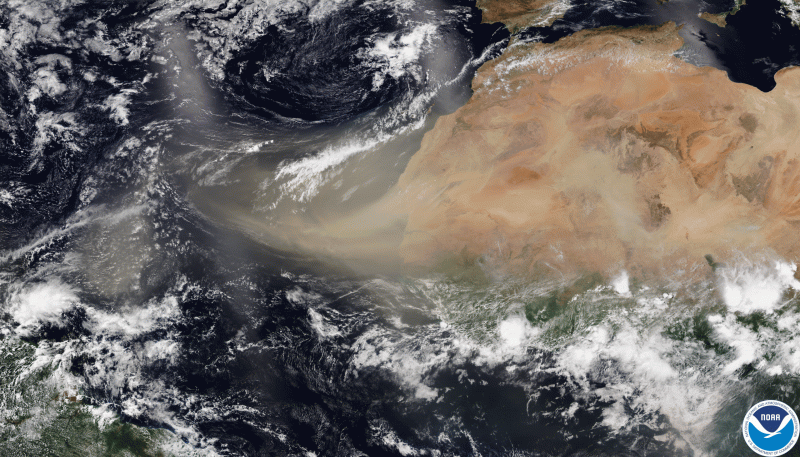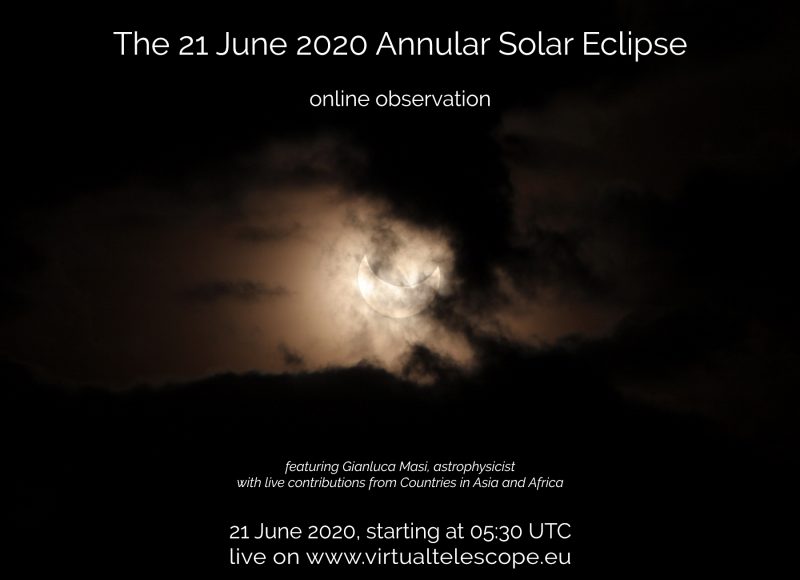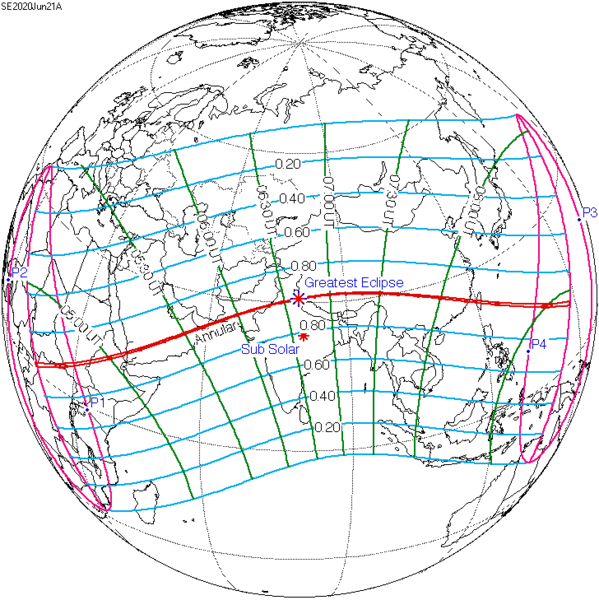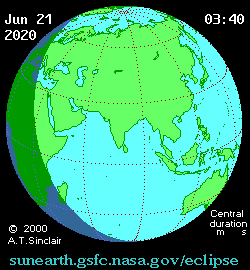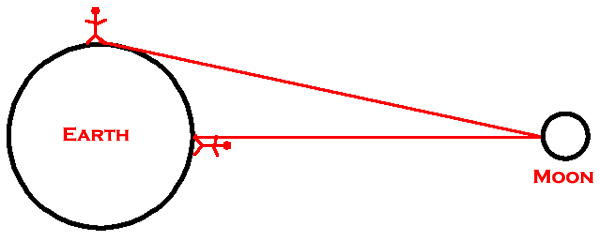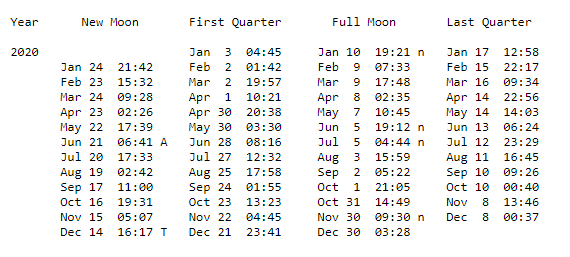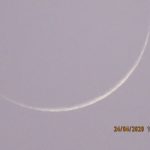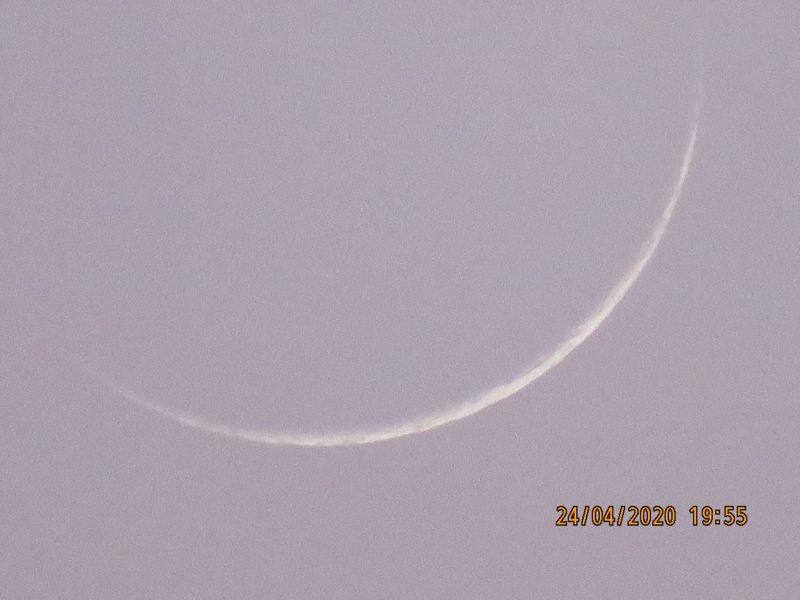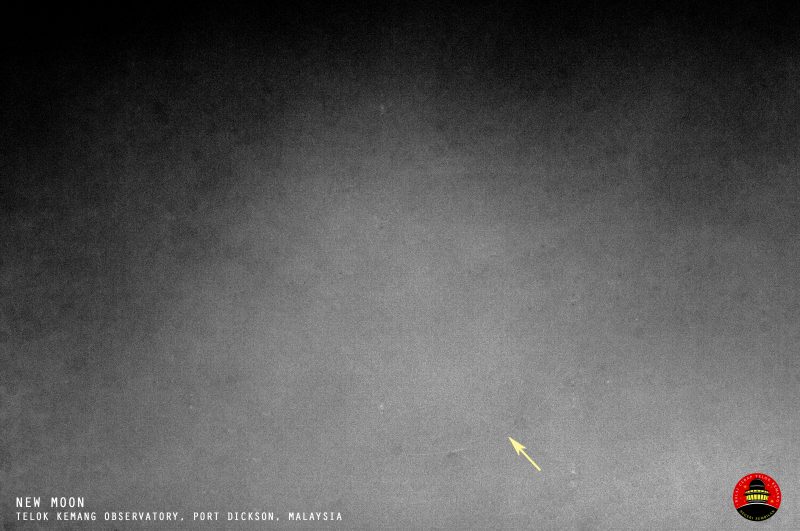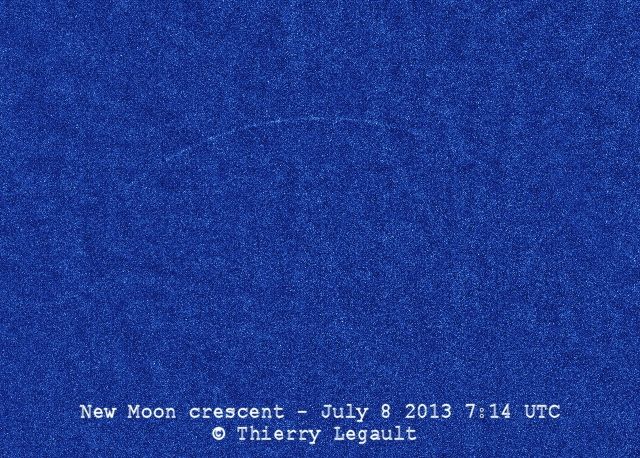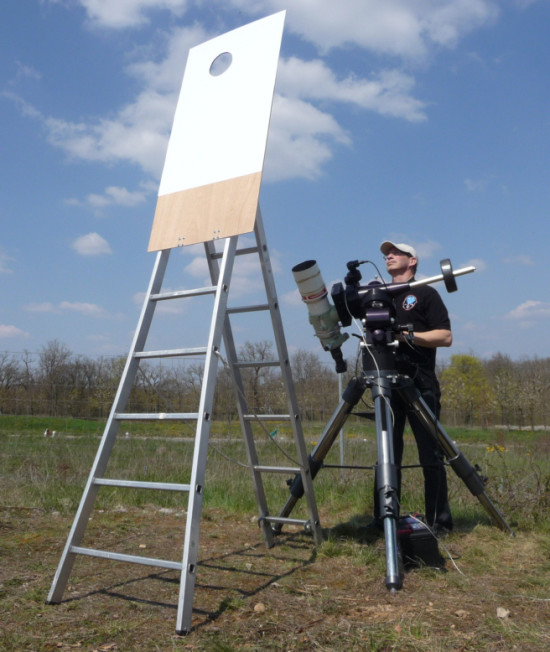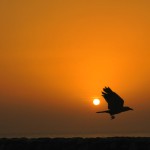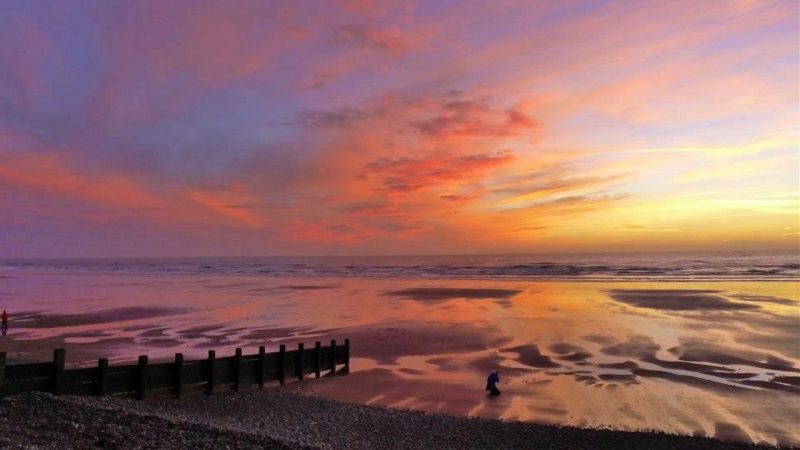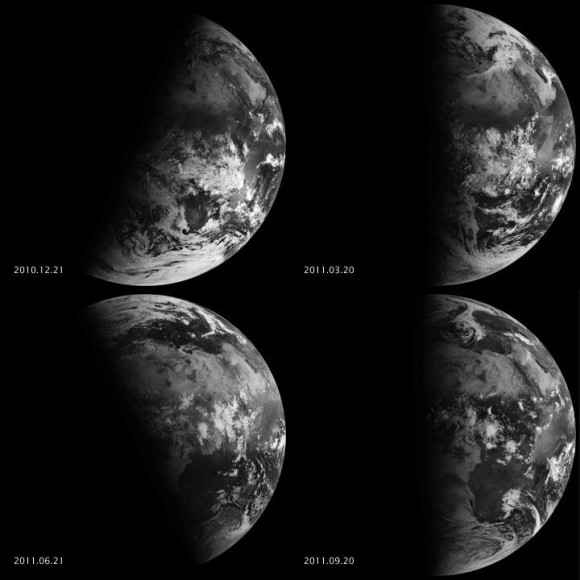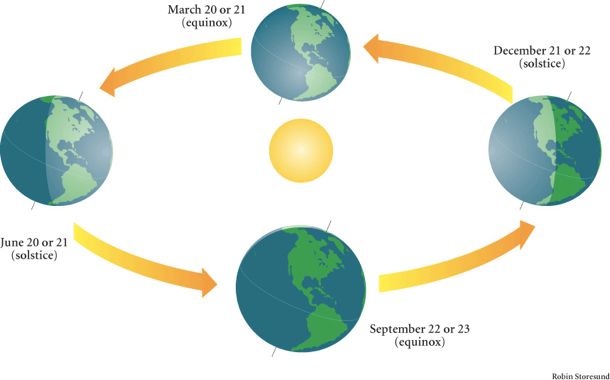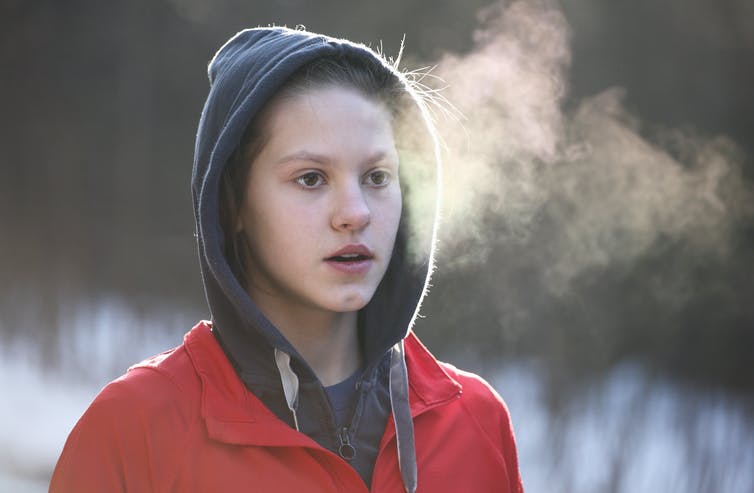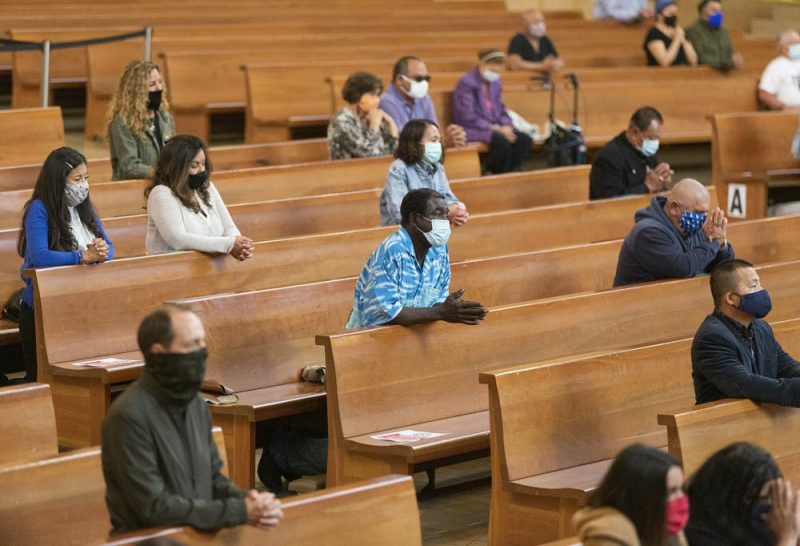
Image at top: The path of the sun across our sky – from about noon to sunset – during the days of the equinoxes and the summer and winter solstices. Photographer Marcella Giulia Pace made these observations from Gatto Corvino village, Sicily, Italy. Read more about this photo, which was the Earth Science Picture of the Day for March 18, 2020, via USRA.
Click here for information on the June 21, 2020 annular – or ring of fire – solar eclipse
For us in the Northern Hemisphere, this solstice signals the beginning of summer. For the Southern Hemisphere, winter starts at this solstice. This 2020 June solstice takes place on Saturday, June 20, at 21:44 UTC; translate UTC to your time. In North America and U.S. time zones, that’s June 20 at 6:44 p.m. ADT, 5:44 p.m. EDT, 4:44 p.m. CDT, 3:44 p.m. MDT, 2:44 p.m. PDT, 1:44 p.m. AKDT (Alaskan Daylight Time) and 11:44 a.m. HAST (Hawaiian-Aleutian Standard Time). The solstice happens at the same instant for all of us, everywhere on Earth; only our clocks differ by time zone.
Keep reading for some quick info that’ll help you connect with nature at this June solstice 2020.

View at EarthSky Community Photos. | Sunrise between a June and December solstice. If you are standing facing east, the sun – from day to day, and week to week – moves progressively to the right (south) between these 2 solstices. Rupesh Sangoi captured separate images of the sunrise, showing the sun’s movement along the horizon between a June and December solstice. He wrote: “Did this for over a year, at sunrise.” Glorious composite, Rupesh! Thank you.
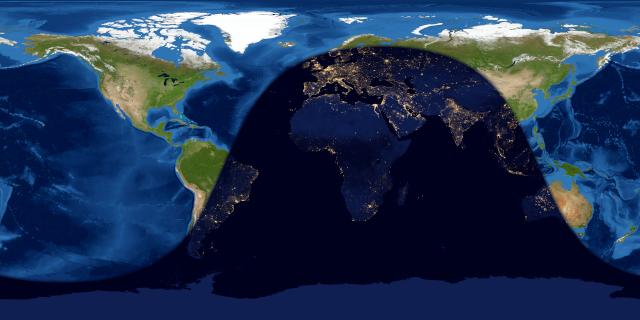
Day and night sides of Earth at the instant of the June 2020 solstice (June 20, 2020, at 21:44 UTC). Map via Fourmilab/ Earth View.
Solstice brings extremes of daylight and darkness. Earth’s orbit around the sun – and tilt on its axis – have brought us to a place in space where our world’s Northern Hemisphere has its time of greatest daylight: its longest day and shortest night. Meanwhile, the June solstice brings the shortest day and longest night south of the equator.
The June solstice gives us the year’s northernmost sunrise and northernmost sunset. The northernmost sunrise and sunset deliver the year’s longest period of daylight to the Northern Hemisphere yet the shortest period of daylight in the Southern Hemisphere. North of the Arctic Circle, the sun neither rises nor sets but stays above the horizon for 24 hours around the clock. South of the Antarctic circle, the sun neither rises nor sets but stays beneath the horizon for 24 hours.
Click here for information on the June 21, 2020 annular – or ring of fire – solar eclipse
In the Northern Hemisphere, noontime shadows are shortest at this solstice. On this solstice, the sun takes its most northerly path across the sky for the year. It’s the year’s highest sun, as seen from the Tropic of Cancer and all places north. Thus your noontime shadow is shortest.
In the Southern Hemisphere, the opposite is true. This solstice marks the lowest sun and longest noontime shadow for those on the southern part of Earth’s globe.
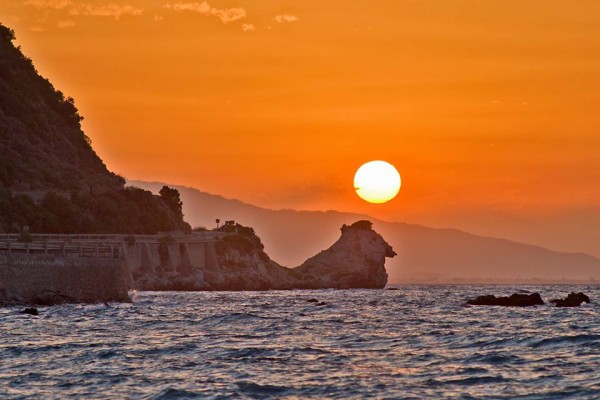
View larger. | Nikolaos Pantazis wrote: “Every year, on the days around summer solstice, the setting sun aligns with that rock, near the village of Platanos, Peloponnese, Greece.”
Each solstice marks a “turning” of the year. Even as this northern summer begins with the solstice, throughout the world the solstice also represents a “turning” of the year. To many cultures, the solstice can mean a limit or a culmination of something. From around the world, the sun is now setting and rising as far north as it ever does. The solstice marks when the sun reaches its northernmost point for the year. After the June solstice, the sun will begin its subtle shift southward on the sky’s dome again.
Thus even in summer’s beginning, we find the seeds of summer’s end.

Oliver Nagy made this cool image between the June and December solstices in 2014. The camera was fixed to a single spot for the entire exposure time, and it continuously recorded the sun’s path as glowing trail s across the sky. The breaks and gaps between the lines are caused by clouds. This image shows the shifting path of the sun over the months between a June and December solstice. As seen from the Northern Hemisphere, the sun’s path gets lower each day.
Longest day for Northern Hemisphere, but not the latest sunset. The latest sunset doesn’t come on the day of the summer solstice. Neither does the earliest sunrise. The exact dates vary with latitude, but the sequence is always the same: earliest sunrise before the summer solstice, longest day on the summer solstice, latest sunset after the summer solstice.
Shortest day for Southern Hemisphere, but not the latest sunrise. The latest sunrise doesn’t come on the day of the winter solstice. Neither does the earliest sunset. The exact dates vary with latitude, but the sequence is always the same: earliest sunset before the winter solstice, shortest day on the winter solstice, latest sunrise after the winter solstice.
Read more about the earliest sunrises here, and read more about the latest sunsets here.
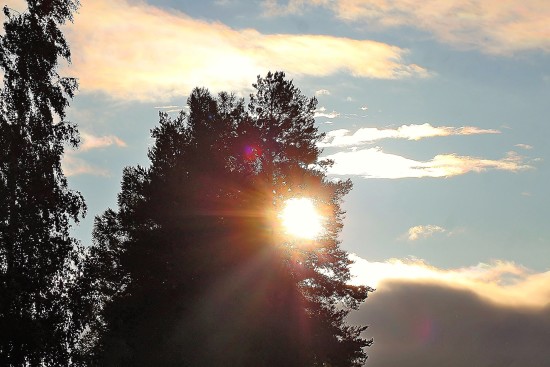
At very northerly latitudes now, the sun is up all night. Here is the sun at 3 a.m. as seen near a June solstice by EarthSky Facebook friend Birgit Boden in northern Sweden.
Bottom line: Some quick info that’ll help you connect with nature at the June solstice 2020!
Click here for information on the June 21, 2020 annular – or ring of fire – solar eclipse
Help support EarthSky! Check out the EarthSky store for fun astronomy gifts and tools for all ages!
All you need to know: June solstice 2020
from EarthSky https://ift.tt/2Brr7QN

Image at top: The path of the sun across our sky – from about noon to sunset – during the days of the equinoxes and the summer and winter solstices. Photographer Marcella Giulia Pace made these observations from Gatto Corvino village, Sicily, Italy. Read more about this photo, which was the Earth Science Picture of the Day for March 18, 2020, via USRA.
Click here for information on the June 21, 2020 annular – or ring of fire – solar eclipse
For us in the Northern Hemisphere, this solstice signals the beginning of summer. For the Southern Hemisphere, winter starts at this solstice. This 2020 June solstice takes place on Saturday, June 20, at 21:44 UTC; translate UTC to your time. In North America and U.S. time zones, that’s June 20 at 6:44 p.m. ADT, 5:44 p.m. EDT, 4:44 p.m. CDT, 3:44 p.m. MDT, 2:44 p.m. PDT, 1:44 p.m. AKDT (Alaskan Daylight Time) and 11:44 a.m. HAST (Hawaiian-Aleutian Standard Time). The solstice happens at the same instant for all of us, everywhere on Earth; only our clocks differ by time zone.
Keep reading for some quick info that’ll help you connect with nature at this June solstice 2020.

View at EarthSky Community Photos. | Sunrise between a June and December solstice. If you are standing facing east, the sun – from day to day, and week to week – moves progressively to the right (south) between these 2 solstices. Rupesh Sangoi captured separate images of the sunrise, showing the sun’s movement along the horizon between a June and December solstice. He wrote: “Did this for over a year, at sunrise.” Glorious composite, Rupesh! Thank you.

Day and night sides of Earth at the instant of the June 2020 solstice (June 20, 2020, at 21:44 UTC). Map via Fourmilab/ Earth View.
Solstice brings extremes of daylight and darkness. Earth’s orbit around the sun – and tilt on its axis – have brought us to a place in space where our world’s Northern Hemisphere has its time of greatest daylight: its longest day and shortest night. Meanwhile, the June solstice brings the shortest day and longest night south of the equator.
The June solstice gives us the year’s northernmost sunrise and northernmost sunset. The northernmost sunrise and sunset deliver the year’s longest period of daylight to the Northern Hemisphere yet the shortest period of daylight in the Southern Hemisphere. North of the Arctic Circle, the sun neither rises nor sets but stays above the horizon for 24 hours around the clock. South of the Antarctic circle, the sun neither rises nor sets but stays beneath the horizon for 24 hours.
Click here for information on the June 21, 2020 annular – or ring of fire – solar eclipse
In the Northern Hemisphere, noontime shadows are shortest at this solstice. On this solstice, the sun takes its most northerly path across the sky for the year. It’s the year’s highest sun, as seen from the Tropic of Cancer and all places north. Thus your noontime shadow is shortest.
In the Southern Hemisphere, the opposite is true. This solstice marks the lowest sun and longest noontime shadow for those on the southern part of Earth’s globe.

View larger. | Nikolaos Pantazis wrote: “Every year, on the days around summer solstice, the setting sun aligns with that rock, near the village of Platanos, Peloponnese, Greece.”
Each solstice marks a “turning” of the year. Even as this northern summer begins with the solstice, throughout the world the solstice also represents a “turning” of the year. To many cultures, the solstice can mean a limit or a culmination of something. From around the world, the sun is now setting and rising as far north as it ever does. The solstice marks when the sun reaches its northernmost point for the year. After the June solstice, the sun will begin its subtle shift southward on the sky’s dome again.
Thus even in summer’s beginning, we find the seeds of summer’s end.

Oliver Nagy made this cool image between the June and December solstices in 2014. The camera was fixed to a single spot for the entire exposure time, and it continuously recorded the sun’s path as glowing trail s across the sky. The breaks and gaps between the lines are caused by clouds. This image shows the shifting path of the sun over the months between a June and December solstice. As seen from the Northern Hemisphere, the sun’s path gets lower each day.
Longest day for Northern Hemisphere, but not the latest sunset. The latest sunset doesn’t come on the day of the summer solstice. Neither does the earliest sunrise. The exact dates vary with latitude, but the sequence is always the same: earliest sunrise before the summer solstice, longest day on the summer solstice, latest sunset after the summer solstice.
Shortest day for Southern Hemisphere, but not the latest sunrise. The latest sunrise doesn’t come on the day of the winter solstice. Neither does the earliest sunset. The exact dates vary with latitude, but the sequence is always the same: earliest sunset before the winter solstice, shortest day on the winter solstice, latest sunrise after the winter solstice.
Read more about the earliest sunrises here, and read more about the latest sunsets here.

At very northerly latitudes now, the sun is up all night. Here is the sun at 3 a.m. as seen near a June solstice by EarthSky Facebook friend Birgit Boden in northern Sweden.
Bottom line: Some quick info that’ll help you connect with nature at the June solstice 2020!
Click here for information on the June 21, 2020 annular – or ring of fire – solar eclipse
Help support EarthSky! Check out the EarthSky store for fun astronomy gifts and tools for all ages!
All you need to know: June solstice 2020
from EarthSky https://ift.tt/2Brr7QN

